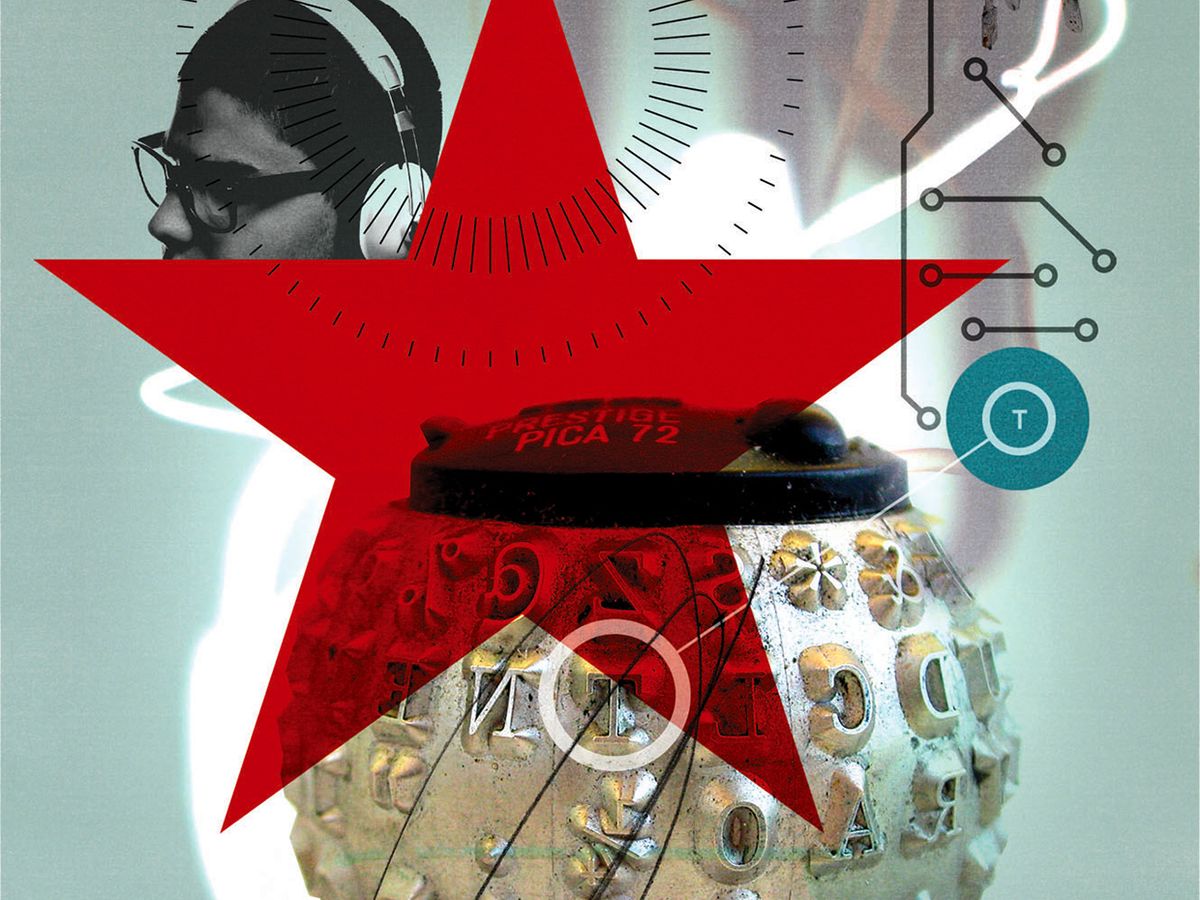Every engineer has stories of bugs that they discovered through clever detective work. But such exploits are seldom of interest to other engineers, let alone the general public. Nonetheless, a recent book authored by Eric Haseltine, titled The Spy in Moscow Station (Macmillan, 2019), is a true story of bug hunting that should be of interest to all. It recounts a lengthy struggle by Charles Gandy, an electrical engineer at the United States' National Security Agency, to uncover an elaborate and ingenious scheme by Soviet engineers to intercept communications in the American embassy in Moscow. (I should say that, by coincidence, both Haseltine and Gandy are friends of mine.)
This was during the Cold War in the late 1970s. American spies were being arrested, and how they were being identified was a matter of great concern to U.S. intelligence. The first break came with the accidental discovery of a false chimney cavity at the Moscow embassy. Inside the chimney was an unusual Yagi-style antenna that could be raised and lowered with pulleys. The antenna had three active elements, each tuned to a different wavelength. What was the purpose of this antenna, and what transmitters was it listening to?
Gandy pursued these questions for years, not only baffled by the technology, but buffeted by interagency disputes and hampered by the Soviet KGB. At one point he was issued a “cease and desist" letter by the CIA, which, along with the State Department, had authority over security at the embassy. These agencies were not persuaded that there were any transmitters to be found: Regular scans for emissions from bugs showed nothing.
It was only when Gandy got a letter authorizing his investigation from President Ronald Reagan that he was able to take decisive action. All of the electronics at the embassy—some 10 tons of equipment—was securely shipped back to the United States. Every piece was disassembled and X-rayed.
After tens of thousands of fruitless X-rays, a technician noticed a small coil of wire inside the on/off switch of an IBM Selectric typewriter. Gandy believed that this coil was acting as a step-down transformer to supply lower-voltage power to something within the typewriter. Eventually he uncovered a series of modifications that had been concealed so expertly that they had previously defied detection.
A solid aluminum bar, part of the structural support of the typewriter, had been replaced with one that looked identical but was hollow. Inside the cavity was a circuit board and six magnetometers. The magnetometers sensed movements of tiny magnets that had been embedded in the transposers that moved the typing “golf ball" into position for striking a given letter.
Other components of the typewriters, such as springs and screws, had been repurposed to deliver power to the hidden circuits and to act as antennas. Keystroke information was stored and sent in encrypted burst transmissions that hopped across multiple frequencies.
Perhaps most interesting, the transmissions were at a low power level in a narrow frequency band that was occupied by intermodulation overtones of powerful Soviet TV stations. The TV signals would swamp the illicit transmissions and mask them from detection by embassy security scans, but the clever design of the mystery antenna and associated electronic filtering let the Soviets extract the keystroke signals.
When all had been discovered, Haseltine recounts how Gandy sat back and felt an emotion—a kinship with the Soviet engineers who had designed this ingenious system. This is the same kinship I feel whenever I come across some particularly innovative design, whether by a colleague or competitor. It is the moment when a technology transcends known limits, when the impossible becomes the doable. Gandy and his unknown Soviet opponents were working with 1970s technology. Imagine what limits will be transcended tomorrow!
This article appears in the January 2020 print issue as “The Ingenuity of Spies."
Final Reflections

This month marks the end of an era for IEEE Spectrum. This issue is the last in which Robert W. Lucky's Reflections column will make a regular appearance. Reflections first appeared in January 1982. That month the editor in chief at the time, Donald Christiansen, wrote about the column's mission statement: “We hope it will be thought-provoking, occasionally biting, and perhaps even controversial. Above all, it is intended to recognize that even a serious profession like ours has its humorous aspects or, at the very least, serious aspects over which we have little control and about which we may just as well chuckle from time to time…. We think you'll enjoy reading it as much as we did."
Lucky has seen many Spectrum editors come and go in the 37 years and 222 columns since, but readers have indeed enjoyed reading Reflections. The column even spun off a book collection: Lucky Strikes…Again (Wiley-IEEE Press, 1993). “It has been such a great privilege, being able to reach out to worldwide engineers on a regular basis," says Lucky. However, with his last two ongoing working engagements with technology coming to an end in 2019, Lucky felt it was time to stop. “Though I could still keep up through reading, that's not the same, and the danger is that I will become disconnected," he says. However, he has not completely closed the door on his words appearing in Spectrum in the future: “I may find sometime that I really want to write something." We can only hope to be so lucky.



